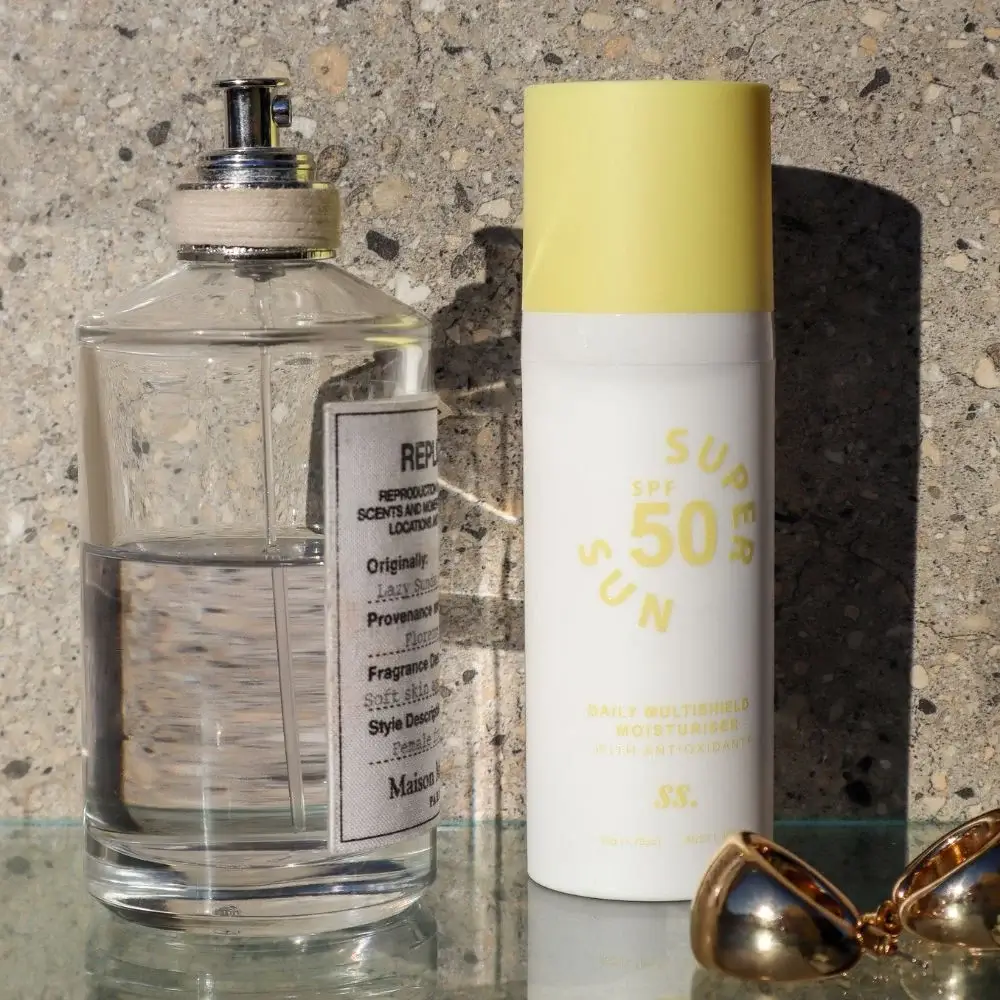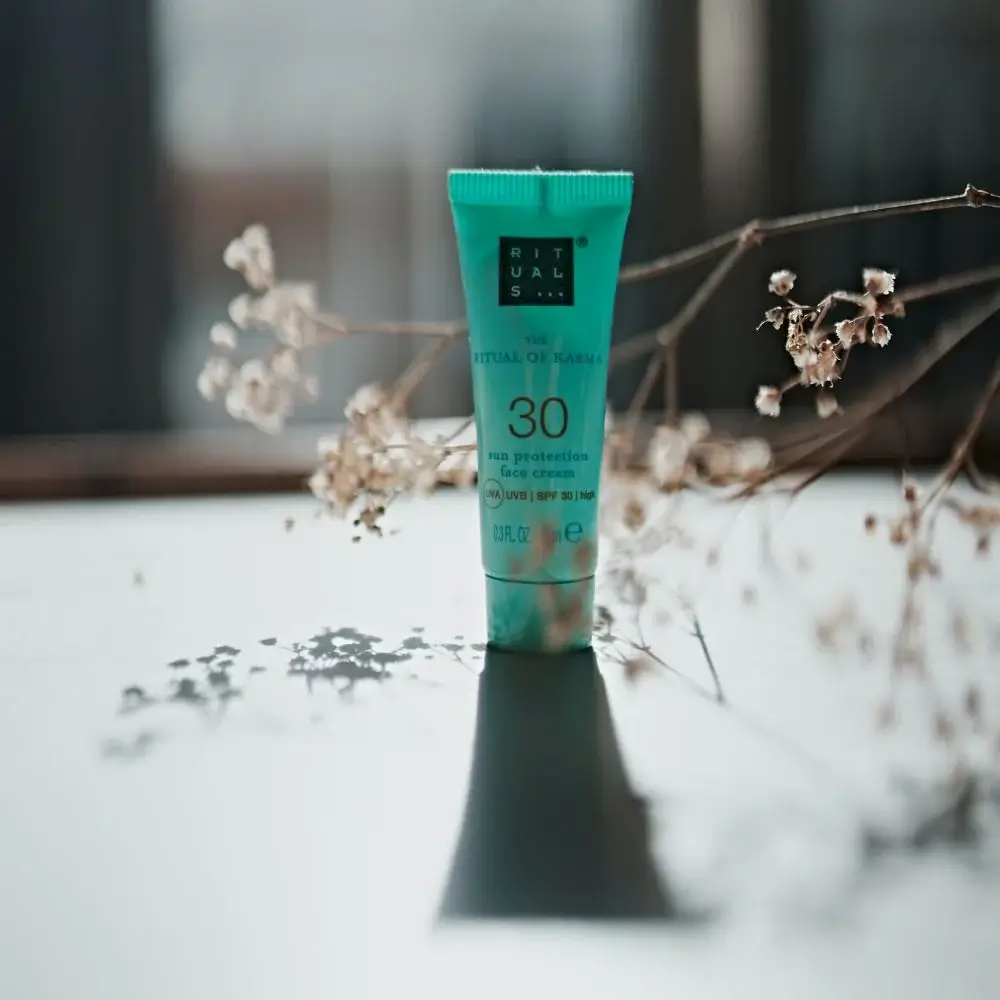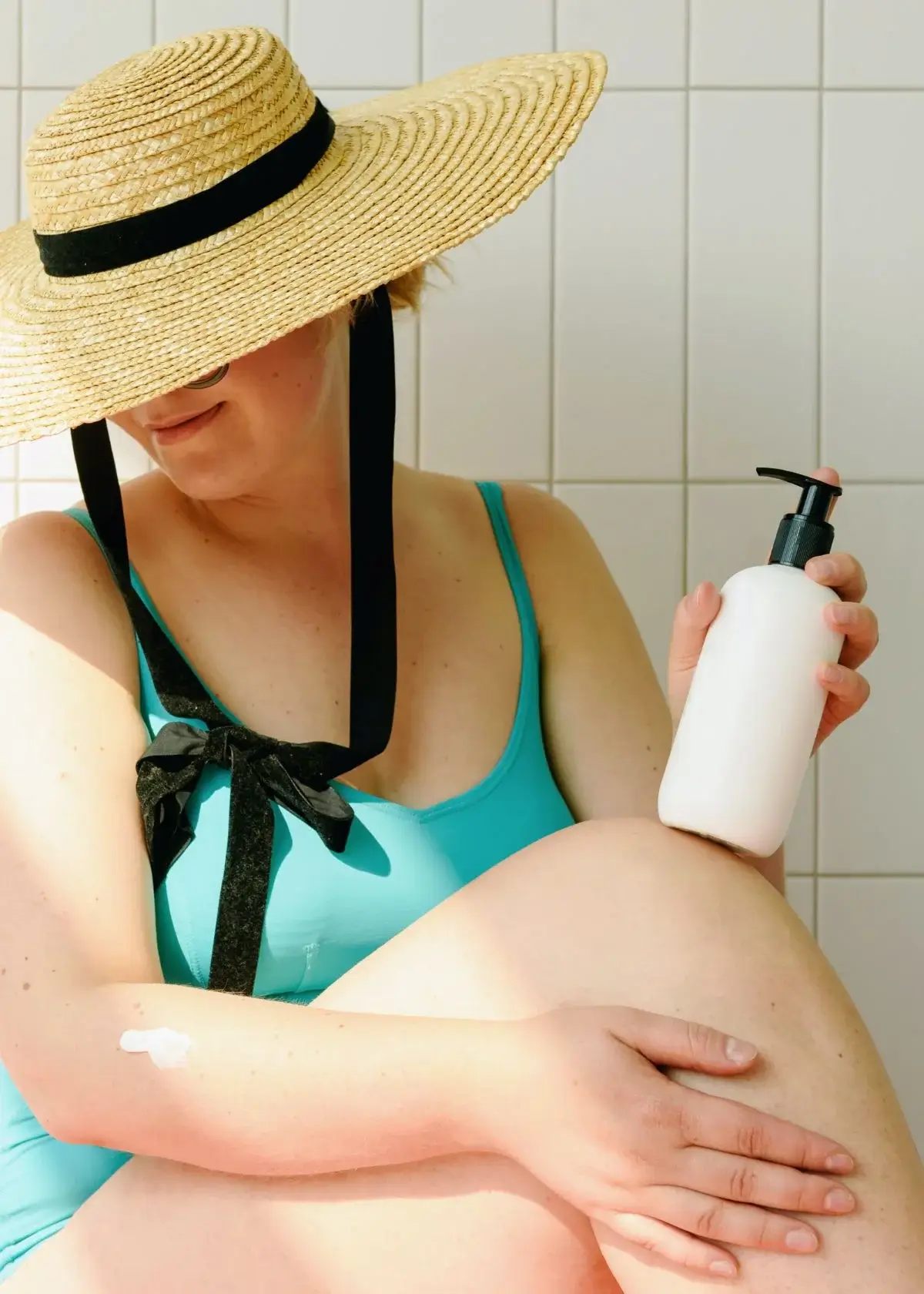Sun tanning is an enjoyable activity, especially during summer. Most people love how they look with a sun-kissed glow but frequently ask what level of SPF they should use. Determining what type of protection you need can be confusing, especially with the variety of sunscreens on the market. However, caution is vital to avoid blisters, skin peeling, and skin cancer. Here is everything you need to know about selecting the correct SPF for tanning.
SPF stands for Sun Protection Factor and measures how long your skin will be protected from the sun’s ultraviolet rays – UVB radiation, which causes sunburns. A higher SPF means your sunscreen will offer prolonged protection, but the amount of protection offered isn't increased proportionally. For example, an SPF 30 sunscreen blocks about 97% of UVB rays, and SPF 50 blocks 98% of UVB rays. That means an SPF 50 sunblock doesn't offer a significantly greater level of sun protection than an SPF 30 sunscreen.
Your skin type is the primary factor to consider when choosing the proper SPF. People with fair skin are particularly vulnerable to UV radiation, and their skin burns quickly. The American Academy of Dermatology recommends sunscreen with a minimum of SPF 30 for such people. For darker skin tones, use a minimum of SPF 15 to prevent burns and skin damage. Using an SPF higher than 50 is generally unnecessary, but it can be a personal preference if you want more protection.
It’s essential to reapply sunscreen every two hours after swimming or sweating heavily. Even if you’re using SPF 50 sunscreen, this practice is still necessary to protect your skin. When applying sunscreen, be sure to use enough to cover all exposed areas of the skin, including your ears, nose, and the top of your feet. Use at least a shot glass-sized amount of sunscreen at any given time for optimal protection.
Another crucial factor to consider is your tanning goals. Do you want a gradual sun-kissed glow or a deep brown tan? If you’re going for a light, gradual tan, you can use an SPF 30 sunscreen. This will offer significant protection but still enable you to get some color. If you’re trying to achieve a darker tan quickly, you can opt for a lower SPF sunscreen while still being mindful of the risks of prolonged sun exposure.
Choosing the correct SPF for tanning is essential to protect your skin while still enjoying the sun's warmth and color. Always select an SPF based on your skin type and tanning goals, and practice sun-safe behaviors like reapplication and avoiding peak sun hours. Protecting your skin today means setting yourself up for healthy skin and a beautiful tan in the future.
As beauty lovers, we know that finding the best SPF for tanning can be a daunting task. But fear not because we've done the legwork for you and found the best options. Trust us; we've consulted with top beauty editors and have scoured countless reviews to bring you the top contenders for your next beach day or pool party. We've got you covered whether you prefer a lotion, spray, or oil. So why not click the link and discover your new favorite best SPF for tanning? You won't regret it!
What are some common misconceptions about SPF and tanning?
There are several misconceptions surrounding SPF and tanning that need clarification. Firstly, some believe using a high SPF will prevent them from getting a tan altogether. However, the reality is that SPF protects the skin from harmful UV rays while allowing a gradual tan to develop. Secondly, people often assume they are protected for the entire day once they apply SPF, which is untrue. Reapplication is essential, especially after swimming or sweating. Lastly, some believe SPF is unnecessary on cloudy days, but UV rays can penetrate through clouds, making sun protection crucial regardless of the weather.

What are the benefits of using a broad-spectrum SPF for tanning?
Using a broad-spectrum SPF for tanning offers numerous benefits:
- It protects against both UVA and UVB rays. UVA rays are responsible for premature aging, while UVB rays cause sunburn. Using a broad-spectrum SPF shields your skin from both types of damaging rays.
- It helps prevent the development of dark spots, uneven skin tone, and hyperpigmentation caused by sun exposure.
- Using a broad-spectrum SPF reduces the risk of skin cancer, as it acts as a barrier against the harmful effects of prolonged sun exposure.

What is the role of SPF in preventing premature aging caused by the sun?
SPF plays a crucial role in preventing premature aging caused by the sun. Exposure to UVA rays leads to the breakdown of collagen and elastin fibers in the skin, resulting in wrinkles, fine lines, and sagging. Using an SPF creates a barrier that blocks a significant portion of UVA radiation, minimizing the damage that can accelerate the aging process. SPF also helps maintain the skin's overall health and youthful appearance by preventing the development of age spots and reducing the risk of skin cancer associated with sun exposure.

How can I incorporate tanning SPF into my daily skincare routine?
Incorporating tanning SPF into your daily skincare routine is essential for sun protection. Start by cleansing your face with a gentle cleanser and applying a moisturizer suitable for your skin type. After that, use a broad-spectrum tanning SPF with an appropriate SPF rating for your needs. Apply it generously to all exposed areas, including the face, neck, and other body parts susceptible to sunburn. Consider using a lightweight foundation or BB cream with built-in SPF for added protection if wearing makeup. Remember to reapply SPF every two hours, especially if exposed to the sun for an extended period.

How can I remove tanning SPF effectively after sun exposure?
Removing tanning SPF effectively after sun exposure is crucial to maintain skin health. Start by rinsing your body with lukewarm water to wash away the excess sunscreen. Use a gentle cleanser suitable for your skin type to remove any residue left behind. Consider using aloe vera or chamomile cleanser to soothe and nourish the skin. After cleansing, apply a hydrating moisturizer to replenish the skin's moisture barrier. If you notice any signs of irritation or sunburn, apply aloe vera gel or a soothing after-sun product to relieve and aid in healing.
Should I choose a water-resistant tanning SPF for outdoor activities?
Choosing a water-resistant tanning SPF for outdoor activities is highly recommended. Water-resistant SPF formulations provide extra durability and protection, especially when engaging in water-related or sweaty activities. They adhere better to the skin and maintain effectiveness even after contact with water or excessive perspiration. However, it's important to note that being water-resistant doesn't mean waterproof, and reapplication is still necessary after swimming or excessive sweating. When selecting a water-resistant tanning SPF, opt for a broad-spectrum product with a high SPF rating suitable for your skin type and the intensity of the outdoor activities you'll be participating in.







